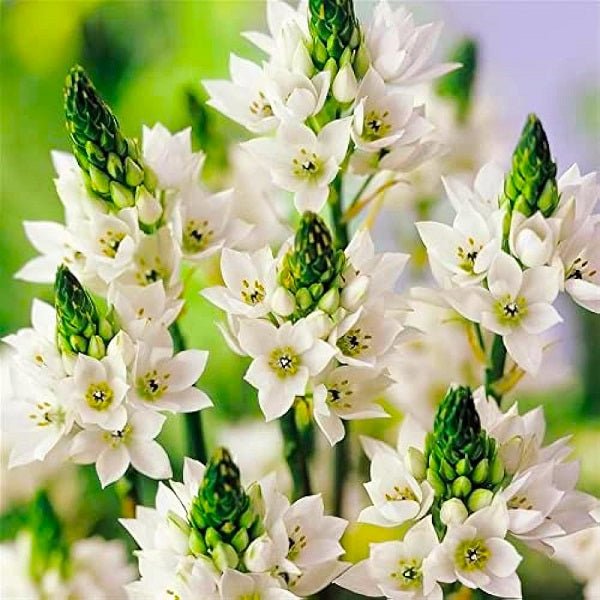
Chincherinchee, Ornithogalum (Cream) -Bulbs
(MRP Inclusive of all taxes)
- Shipping ₹79 for entire order
- Dispatch in 7 days
- Country of origin: India

(MRP Inclusive of all taxes)
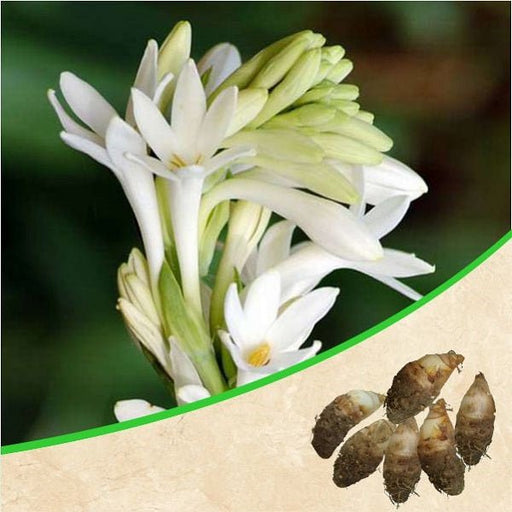
Rajnigandha, Tuberose - Bulbs (Set of 10) Experience the enchanting fragrance of Rajnigandha, also known as Tuberose, with this set of 10 ...
View full details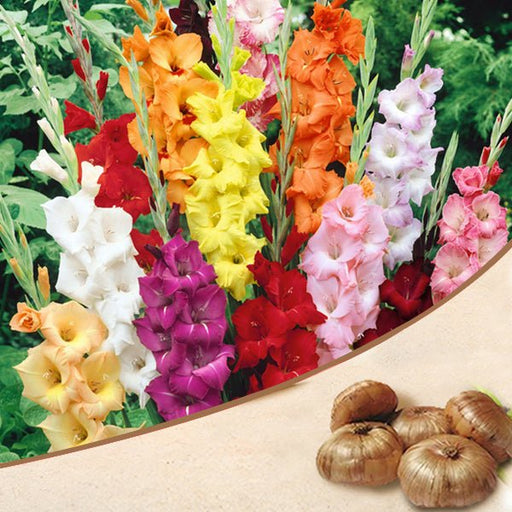 Save 20%
Save 20%
Gladiolus (Random Color) - Bulbs (Set of 10) Transform your garden into a vibrant spectacle with our Gladiolus bulbs, available in a delig...
View full details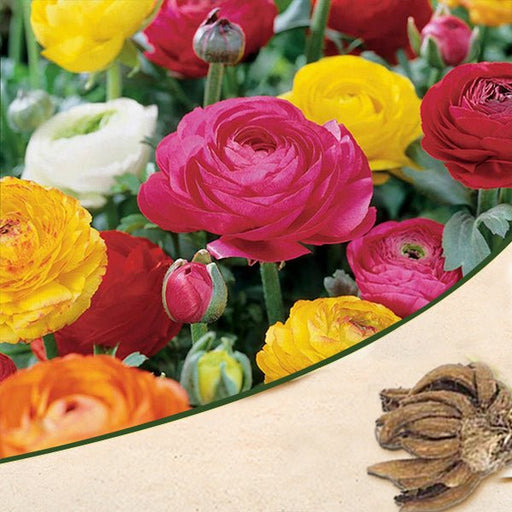 Sold out
Sold out
Ranunculus (Random Color) - Bulbs Transform your garden into a vibrant tapestry of colors with our Ranunculus bulbs. Known for their stunn...
View full details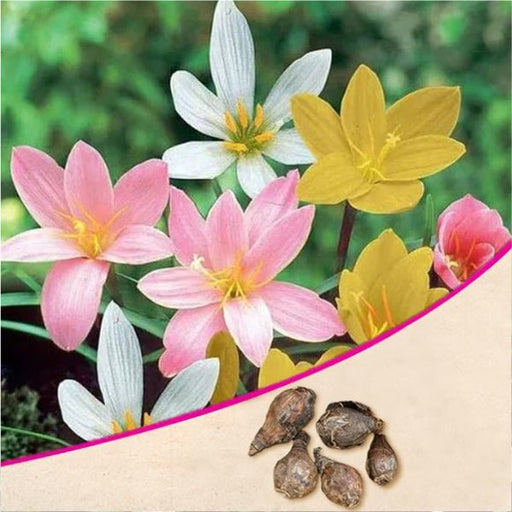
Zephyranthes Lily, Rain Lily (Random Color) - Bulbs (Set of 10) Transform your garden into a vibrant oasis with our Zephyranthes Lily, com...
View full details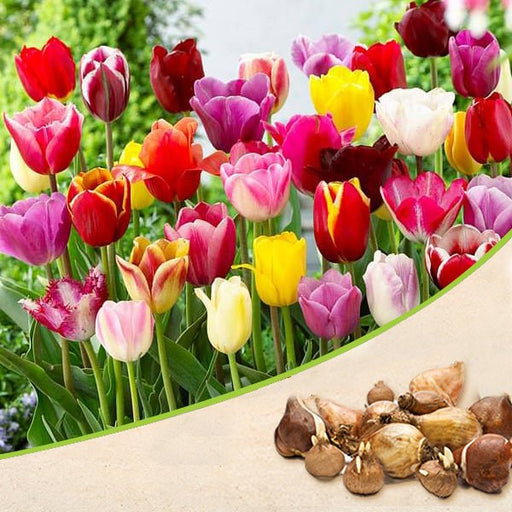 Sold out
Sold out
Tulip (Random Color) - Bulbs Bring a burst of color to your garden with our Tulip (Random Color) bulbs! These vibrant flowers are a spring...
View full details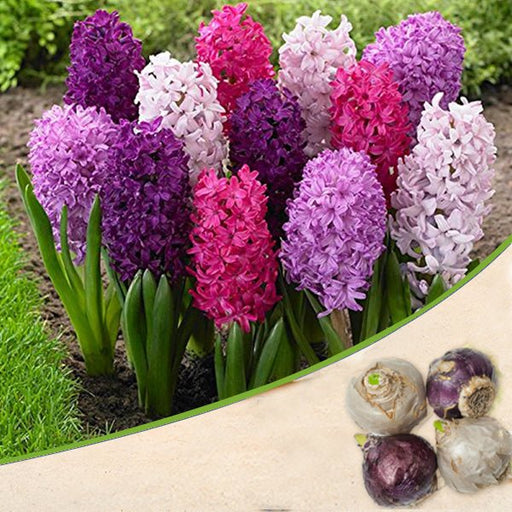 Sold out
Sold out
Hyacinth (Random Color) - Bulbs Transform your garden into a vibrant spectacle with our Hyacinth bulbs, available in a delightful random a...
View full details
Zephyranthes Lily, Rain Lily (Yellow) - Bulbs (Set of 10) The Zephyranthes Lily, commonly known as the Rain Lily, is a stunning addition t...
View full details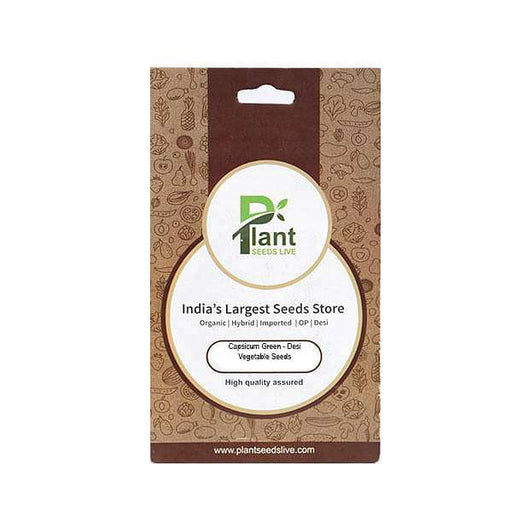
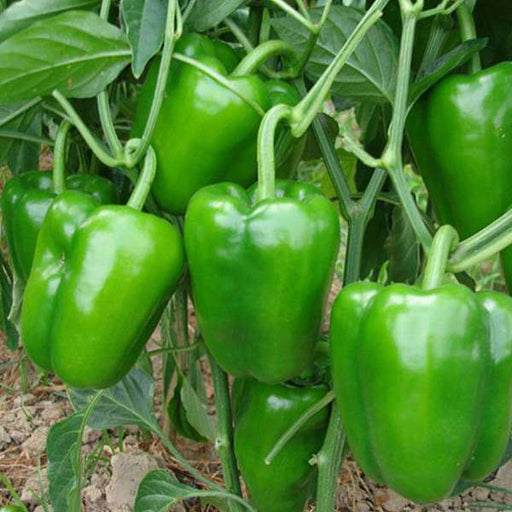 Save 25%
Save 25%
Capsicum Green - Desi Vegetable Seeds Capsicum Green, also known as bell pepper, is a vibrant and nutritious addition to your garden. Thes...
View full details
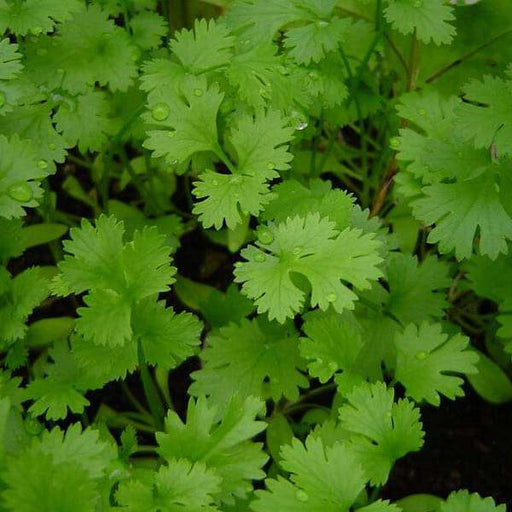 Save 25%
Save 25%
Coriander Panipat - Desi Vegetable Seeds Coriander Panipat is a premium variety of coriander seeds, cherished for its aromatic leaves and ...
View full details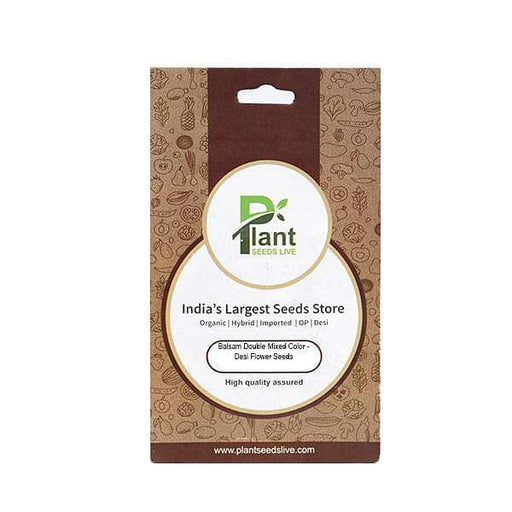
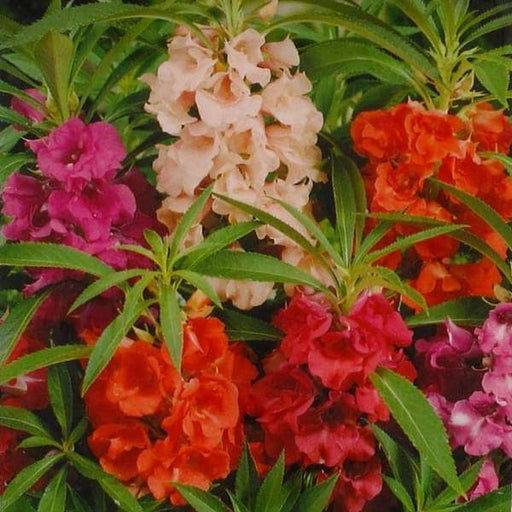 Save 25%
Save 25%
Balsam Double Mixed Color - Desi Flower Seeds Discover the vibrant beauty of Balsam Double Mixed Color - Desi Flower Seeds, a delightful a...
View full details
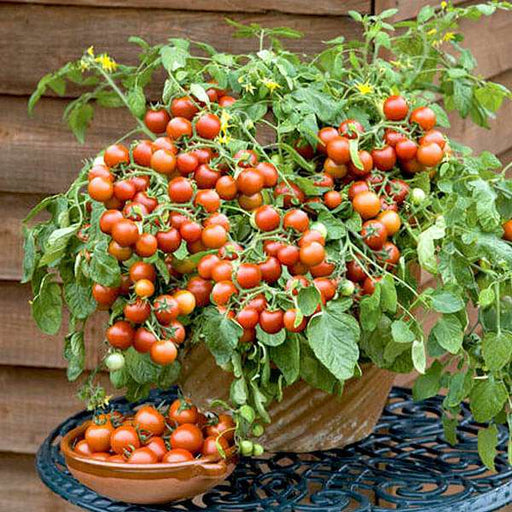 Save 25%
Save 25%
Cherry Tomato, Cherry Tomato Honey - Vegetable Seeds Discover the delightful world of Cherry Tomato Honey seeds, perfect for home gardener...
View full details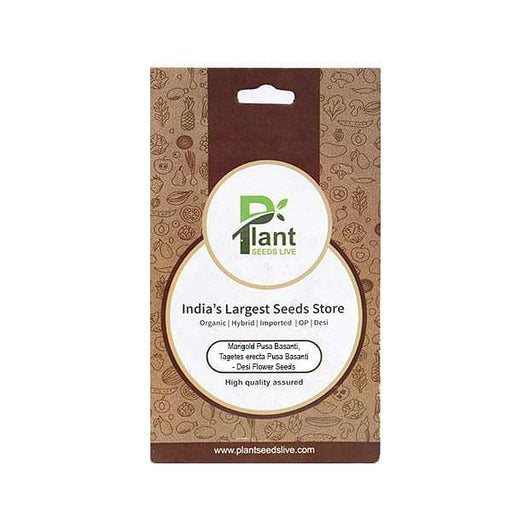
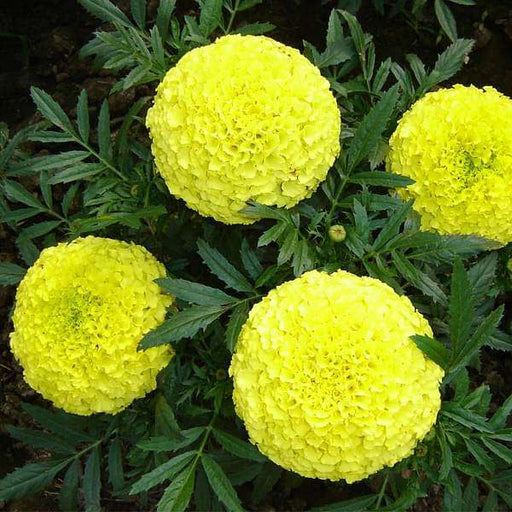 Save 25%
Save 25%
Marigold Pusa Basanti - Desi Flower Seeds Discover the vibrant beauty of Marigold Pusa Basanti, a cherished flower in Indian gardens. Know...
View full details
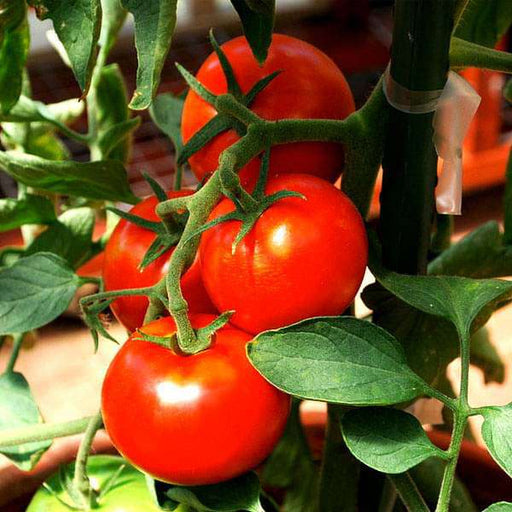 Save 25%
Save 25%
Tomato Ped - Desi Vegetable Seeds Introducing the Tomato Ped - Desi Vegetable Seeds, a premium selection of heirloom tomato seeds that pro...
View full details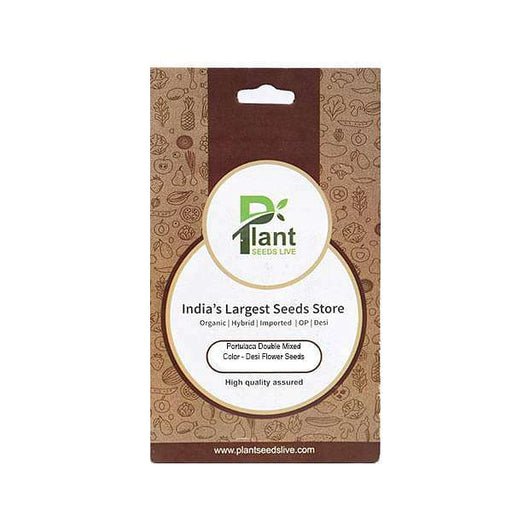
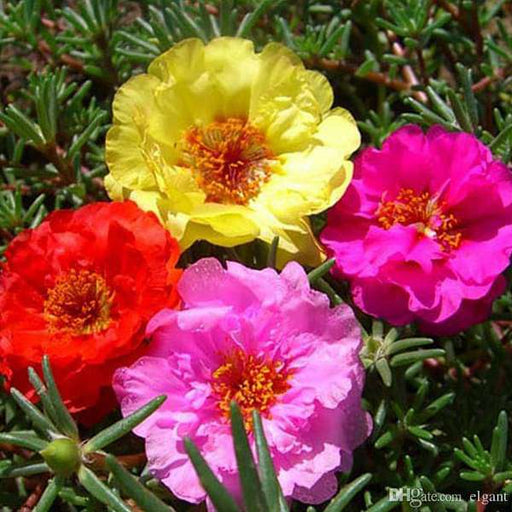 Save 25%
Save 25%
Portulaca Double Mixed Color - Desi Flower Seeds Discover the vibrant beauty of Portulaca Double Mixed Color, a stunning collection of Des...
View full details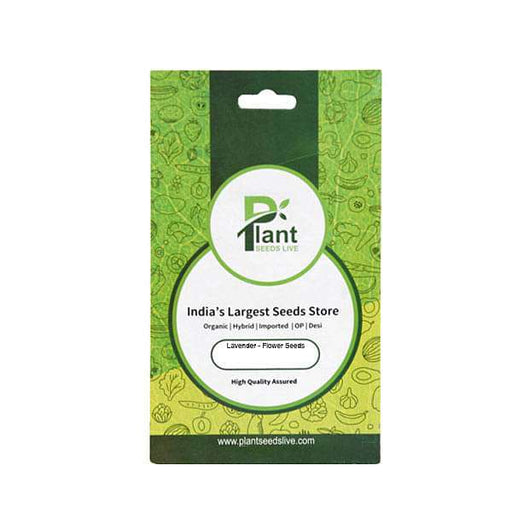
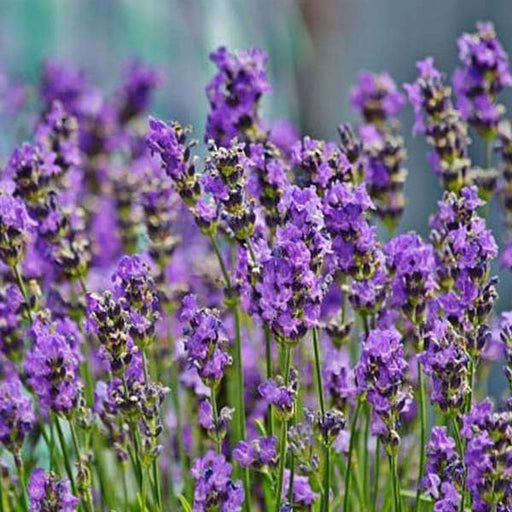 Save 35%
Save 35%
Lavender - Flower Seeds Transform your garden into a fragrant oasis with our premium Lavender Flower Seeds. Known for their stunning purpl...
View full details
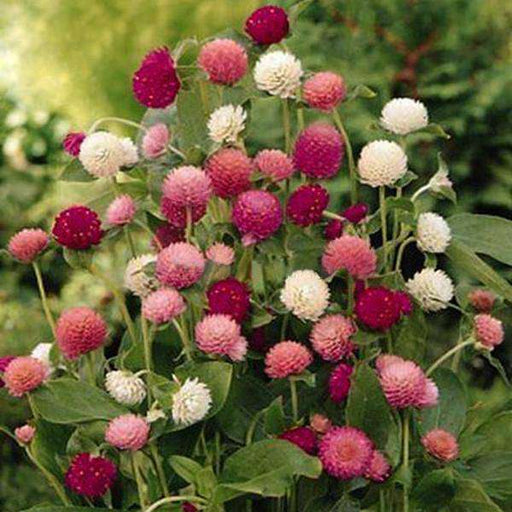 Save 25%
Save 25%
Gomphrena Mixed Color - Desi Flower Seeds Discover the vibrant beauty of Gomphrena Mixed Color - Desi Flower Seeds, a delightful addition ...
View full details
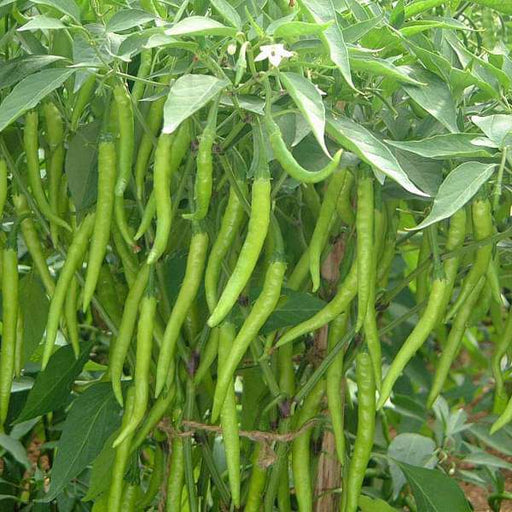 Save 25%
Save 25%
Chilli Surajmukhi - Desi Vegetable Seeds Introducing the Chilli Surajmukhi, a unique variety of desi vegetable seeds that brings a burst o...
View full details
 Save 35%
Save 35%
Best 6 Plants for Perfect Indoor Garden Transform your living space into a lush oasis with our curated collection of the Best 6 Plants for a...
View full details
 Save up to 50%
Save up to 50%
Mini Succulent Garden Pack Transform your space with our Mini Succulent Garden Pack, featuring a delightful collection of 4 any variety beautiful s...
View full details
 Save 30%
Save 30%
5 Best Fragrant Plants Transform your garden or indoor space into a fragrant paradise with our curated selection of the 5 Best Fragrant Plants. Th...
View full details
 Save 24%
Save 24%
Set of 2 Bonsai Looking Grafted Adeniums Transform your indoor or outdoor space with our exquisite Set of 2 Bonsai Looking Grafted Adenium...
View full details Save 45%
Save 45%
Top 4 Die Hard Succulents Pack Transform your indoor or outdoor space with our Top 4 Die Hard Succulents Pack, featuring a curated selecti...
View full details
 Save 30%
Save 30%
5 Best Indoor Plants Pack Transform your living space into a lush oasis with our '5 Best Indoor Plants Pack.' This carefully curated collection fe...
View full details
 Save 25%
Save 25%
Set of 4 Evergreen Air Purifier Plant Pack Transform your indoor space into a lush, green oasis with our Set of 4 Evergreen Air Purifier Pla...
View full details| SrNo | Item Name | Qty |
|---|---|---|
| 1 | Chincherinchee, Ornithogalum (Cream) -Bulbs | 3 |
The Chincherinchee, scientifically known as Ornithogalum thyrsoides, is a stunning perennial bulb that produces elegant spikes of creamy white flowers. Native to South Africa, this captivating plant blooms in late spring to early summer, adding a touch of sophistication to any garden or floral arrangement. With its unique star-shaped blossoms and lush green foliage, the Chincherinchee is a favorite among gardeners and florists alike.
What makes the Chincherinchee special is its ability to thrive in various conditions while providing a long-lasting display of beauty. This hardy bulb is not only drought-tolerant but also attracts pollinators, making it an eco-friendly choice for sustainable gardening. Its versatility allows it to be used in borders, containers, or as cut flowers, enhancing any landscape with its graceful presence.
Special features of the Chincherinchee include its fragrant blooms and resilience in diverse climates. This plant can adapt to both sunny and partially shaded areas, making it an excellent choice for gardeners looking to add variety to their plantings. Additionally, its long-lasting cut flowers make it a popular choice for floral arrangements, bringing elegance to any occasion.
If you think caring for a plant is as easy as watering it and hoping for the best, think again! Chincherinchee, with its elegant blooms, demands a bit more attention. These bulbs thrive in well-drained soil and love a sunny spot. Just remember, overwatering is their nemesis! Treat them like royalty, and they’ll reward you with a floral display that’ll make your neighbors green with envy.
Ornithogalum isn’t just a one-hit wonder; it’s a whole family of fabulous! From the classic Chincherinchee to the lesser-known varieties, each brings its own flair to the garden. Some are star-shaped, while others flaunt their creamy hues. Explore the diverse world of Ornithogalum and find the perfect match for your garden’s personality!
Planting bulbs is like playing a game of hide and seek with Mother Nature. Dig a hole, drop in your Chincherinchee bulbs, and cover them up. But don’t forget to give them a little pep talk about growing tall and strong! Remember, the depth matters—too shallow, and they’ll be exposed; too deep, and they’ll be lost forever.
When it comes to flowering, Chincherinchee knows how to make an entrance! These bulbs typically bloom in late spring to early summer, showcasing their creamy flowers just when you need a little color in your life. Mark your calendars, because when they bloom, it’s like nature’s own confetti party!
Every star needs a supporting cast, and Chincherinchee is no different! Pair these beauties with contrasting flowers like purple salvia or bright yellow daisies for a show-stopping garden display. They’ll appreciate the company, and your garden will look like it’s ready for a magazine cover shoot!
Chincherinchee is a bit of a diva when it comes to soil. They prefer well-drained, sandy loam that allows their roots to breathe. If your soil is too heavy, it’s like putting them in a pair of tight shoes—uncomfortable and not conducive to growth. So, give them the luxurious soil they deserve!
If you want your Chincherinchee to thrive, sunlight is non-negotiable! These bulbs bask in the sun like they’re on a tropical vacation. Aim for at least six hours of direct sunlight daily, and watch them flourish. Just remember, too much shade is like a bad hair day for them—definitely not a good look!
Even the most glamorous plants can attract unwanted guests. Keep an eye out for pesky pests like aphids and spider mites that might want to crash the Chincherinchee party. A little neem oil or insecticidal soap can help keep these intruders at bay, ensuring your garden remains a pest-free paradise.
Want to expand your Chincherinchee empire? Propagation is the way to go! You can divide the bulbs every few years to create new plants. It’s like cloning your favorite plant without the sci-fi drama. Just dig them up, separate the bulbs, and replant them for a garden that’s bursting with life!
Watering Chincherinchee is an art form. Too little, and they’ll wilt; too much, and they’ll drown. Aim for a balanced schedule—water them when the top inch of soil feels dry. Think of it as a spa day for your plants; they’ll appreciate the pampering and reward you with stunning blooms!
Just like us, Chincherinchee loves a good meal! Feed them with a balanced fertilizer during the growing season to keep them happy and healthy. It’s like giving them a gourmet dinner—rich in nutrients and sure to impress. Just don’t overdo it; too much fertilizer can lead to a case of the “too full” blues!
As the seasons change, so do the needs of your Chincherinchee. In the fall, it’s time to let them rest. Cut back on watering and allow the foliage to die back naturally. Think of it as their winter hibernation—essential for a fabulous comeback in spring! With a little seasonal TLC, they’ll be ready to shine again.
Chincherinchee, or Ornithogalum, is a fabulous bulb that boasts creamy white flowers. These beauties are not just a pretty face; they’re hardy and can thrive in various conditions. Perfect for adding a touch of elegance to your garden, they’ll have your neighbors green with envy!
Planting Chincherinchee bulbs is as easy as pie! Choose a sunny spot, dig a hole about 4-6 inches deep, and place the bulb with the pointy end up. Cover it with soil, water it gently, and voilà! You’re on your way to a floral masterpiece that’ll make Mother Nature proud.
Chincherinchee bulbs are like the party animals of the garden, blooming in late spring to early summer. With their creamy flowers, they’ll strut their stuff and steal the show. Just be patient; good things come to those who wait, and these bulbs are worth every moment!
Caring for Chincherinchee is a walk in the park! They love well-drained soil and a sunny spot. Water them moderately, and let them dry out between drinks. Once they bloom, you can sit back and enjoy the show while they bask in their floral glory!
Absolutely! Chincherinchee bulbs are the ultimate divas and can thrive in pots. Just ensure your container has drainage holes, fill it with quality potting mix, and follow the same planting rules. Soon, you’ll have a stunning display that’s portable and perfect for any patio!
Yes, indeed! Chincherinchee bulbs are like the bouncers of the garden, keeping deer at bay. Their creamy flowers are not on the menu for these four-legged friends, making them a smart choice for those who want to keep their garden intact and flourishing.
Chincherinchee bulbs are the gift that keeps on giving! Once planted, they can bloom for several years, provided you give them the right care. With a little love and attention, you’ll enjoy their creamy flowers year after year, making your garden a perennial paradise.
Yes, you can! Growing Chincherinchee indoors is like bringing a piece of the garden inside. Just ensure they have plenty of sunlight and a well-draining pot. With the right conditions, you’ll have a delightful indoor display that’ll brighten up any room and your mood!
Chincherinchee bulbs are generally pest-resistant, but keep an eye out for pesky aphids and spider mites. If they crash the party, a gentle spray of water or insecticidal soap will send them packing. Your bulbs will thank you for the pest control, and your garden will thrive!
Yes, you can! Dividing Chincherinchee bulbs is like giving them a family reunion. After a few years, when they’ve multiplied, dig them up in the fall, separate the bulbs, and replant them. You’ll have more creamy blooms to enjoy and share with friends!
The best time to plant Chincherinchee bulbs is in the fall, just before the frost sets in. This gives them time to settle in and prepare for their grand spring debut. So grab your gardening gloves and get planting; your future self will thank you for the blooms!